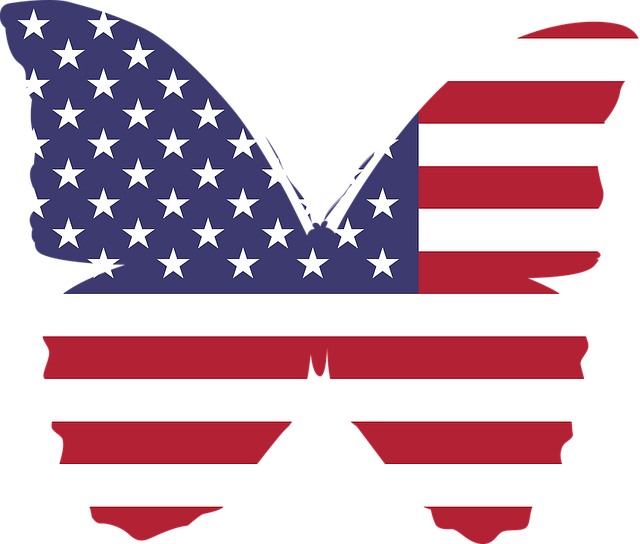The practice of tea-staining American flags is an innovative artistic form that blends historical significance with visual storytelling. This process uses a delicate tea dyeing technique to naturally age the flags, creating subtle stains that narrate America's history through their patina. Tea-stained flags become artifacts imbued with cultural narratives, preserving traditional craft while integrating into modern design discourse. These flags serve as a bridge between past and present, offering a tactile and visual connection to American heritage, particularly referencing the Boston Tea Party of 1773, and its enduring impact on American identity. The artisanal aspect of this craft is experiencing a resurgence, with modern designers incorporating tea-stained textiles into contemporary designs, from fashion to home decor, thus maintaining the relevance of this traditional practice in today's design narratives. This approach honors the storied past of America while inviting present-day audiences to engage with and reflect upon the nation's origins and ongoing evolution.
Explore the rich tapestry of American heritage through the lens of nostalgic design, as we delve into the artistry behind tea-staining American flags. This article takes you on a journey through the historical significance and contemporary relevance of this traditional craft. From the techniques that breathe new life into these symbols of our nation’s past to the aesthetic beauty they bring to modern design, witness how tea-stained textiles become a canvas of memories. Join us as we honor American history with an appreciation for the delicate process that transforms the Tea-Stained American Flag into a piece of art and a beacon of remembrance.
- Embracing Tradition: The Art of Tea-Staining American Flags for Nostalgic Design
- The Historical Significance of Tea Staining in American Iconography
- Crafting a Tapestry of Memory: Materials and Techniques in Tea-Stained Design
- A Symphony of Colors: Exploring the Aesthetic Impact of Tea-Stained Textiles
- From Past to Present: Incorporating Tea-Stained American Flags into Contemporary Design
Embracing Tradition: The Art of Tea-Staining American Flags for Nostalgic Design

The act of tea-staining American flags is a unique and artful expression that intertwines history with aesthetic innovation. This traditional technique imbues the symbol of our nation with a sense of aged honor, creating a visual narrative that speaks to the deep heritage of the United States. The process involves gently immersing a flag in a bath of tea, allowing the tannins to naturally oxidize and dye the fabric, resulting in a soft, antique patina. This not only transforms the flag into a piece of art but also imbues it with a story, each stain a chapter in American history. The tea-stained American flag becomes a canvas that honors our collective past while inviting contemplation and conversation about national identity, tradition, and the passage of time. Designers and artists who embrace this craft are keeping alive a technique steeped in history, yet they offer it new contexts, ensuring its relevance in contemporary design conversations. These flags serve as a tangible connection to our ancestors’ experiences, offering a nostalgic and reverent homage to the American spirit.
The Historical Significance of Tea Staining in American Iconography

Tea staining on an American flag carries a profound historical significance, deeply rooted in one of America’s pivotal moments—the Boston Tea Party. This act of rebellion by colonists in 1773 was not only a political statement against British taxation but also a powerful symbolic gesture that helped shape the nation’s identity. The tea staining, resulting from the destruction of East India Company tea, became an enduring icon of American defiance and resistance to oppressive forces. As a motif in American iconography, it represents a blend of protest, patriotism, and historical consciousness. This unique patina of brown hues on the flag serves as a tangible reminder of the colonial era’s tumultuous dynamics and the birth of America’s fight for independence.
The tea-stained motif has transcended its original context to become a symbol of American history that honors the legacy of those who fought for freedom and self-determination. It is a design element that resonates with a sense of nostalgia, invoking the spirit of American resilience and ingenuity. Today, this historically significant aesthetic can be seen in various forms of Americana, from artwork to fashion, and serves as a conversation starter about the complexities of America’s past. It is a visual testament to the enduring legacy of the tea stain as an emblem of American history and its indelible mark on the country’s cultural heritage.
Crafting a Tapestry of Memory: Materials and Techniques in Tea-Stained Design

In the realm of nostalgic design, one finds a rich tapestry woven with threads of history and memory. The tea-stained American flag stands as a quintessential symbol within this crafted narrative, embodying the fusion of art and history. Artisans employ a variety of materials and techniques to achieve this distinctive look, often using traditional methods that hark back to colonial times when tea was both a common beverage and a potent political statement. The process of creating a tea-stained flag involves steeping tea bags in water until the liquid reaches a precise level of pigmentation. This solution is then carefully applied to the cotton fabric, allowing the dye to settle selectively, resulting in a subtle, antiquated patina that speaks to the passage of time and the stories encapsulated within each stripe and star. The delicate interplay of colors and textures gives rise to a design that is both authentic and evocative, inviting viewers to reflect on the layers of history that the flag represents. This technique not only honors the materiality of American history but also imbues the flag with a unique, artistic charm that resonates with contemporary audiences who hold the symbol dear. Each tea-stained flag becomes a tangible piece of memory, a visual narrative that tells the story of America’s past and its enduring legacy.
A Symphony of Colors: Exploring the Aesthetic Impact of Tea-Stained Textiles

Tea-stained textiles, a practice deeply rooted in American history, offer a unique aesthetic that marries tradition with a narrative of time and care. The tea-staining process, often associated with the iconic Tea-Stained American Flag, imbues fabrics with a rich tapestry of hues that speak to the cultural storytelling of our nation’s past. This symphony of colors transcends mere decoration; it encapsulates moments where history and artistry converge. The subtle gradations of brown, tan, and cream that emanate from the tea dye not only give a sense of age but also tell a story of the countless hands that have lovingly maintained these materials through generations.
Incorporating tea-stained textiles into contemporary design pays homage to this legacy while offering a fresh perspective on how we interpret and honor American history. The hues and patterns derived from this natural dye process offer a soft yet impactful visual element that can be seen in everything from fashion to home decor. This aesthetic not only evokes nostalgia but also serves as a reminder of the living, breathing history that surrounds us. Designers and artisans who utilize tea-stained fabrics in their work breathe new life into these traditional techniques, ensuring that the stories they tell remain relevant and continue to inspire.
From Past to Present: Incorporating Tea-Stained American Flags into Contemporary Design

The concept of incorporating tea-stained American flags into contemporary design is a testament to the enduring legacy and symbolism of the American flag throughout history. These artifacts, which bear the subtle marks of history—where the tea has left its unique stain—serve as a bridge between past and present, reminding us of significant moments in American history while infusing modern spaces with a sense of storied heritage. The practice of preserving these flags, often associated with the Boston Tea Party of 1773, is not merely an aesthetic choice but a narrative element that tells a story of rebellion, freedom, and the birth of a nation. In contemporary design, these flags can be found in various forms, from subtle motifs in home decor to bold statements in public installations. Their presence adds depth and context to the spaces they inhabit, offering a conversation starter that links the past’s courageous acts with today’s aspirations for innovation and freedom. The integration of tea-stained American flags into modern design honors our collective history, encouraging reflection on the values and struggles that have shaped America’s identity, while also celebrating the nation’s continued evolution in a dynamic and ever-changing world.
